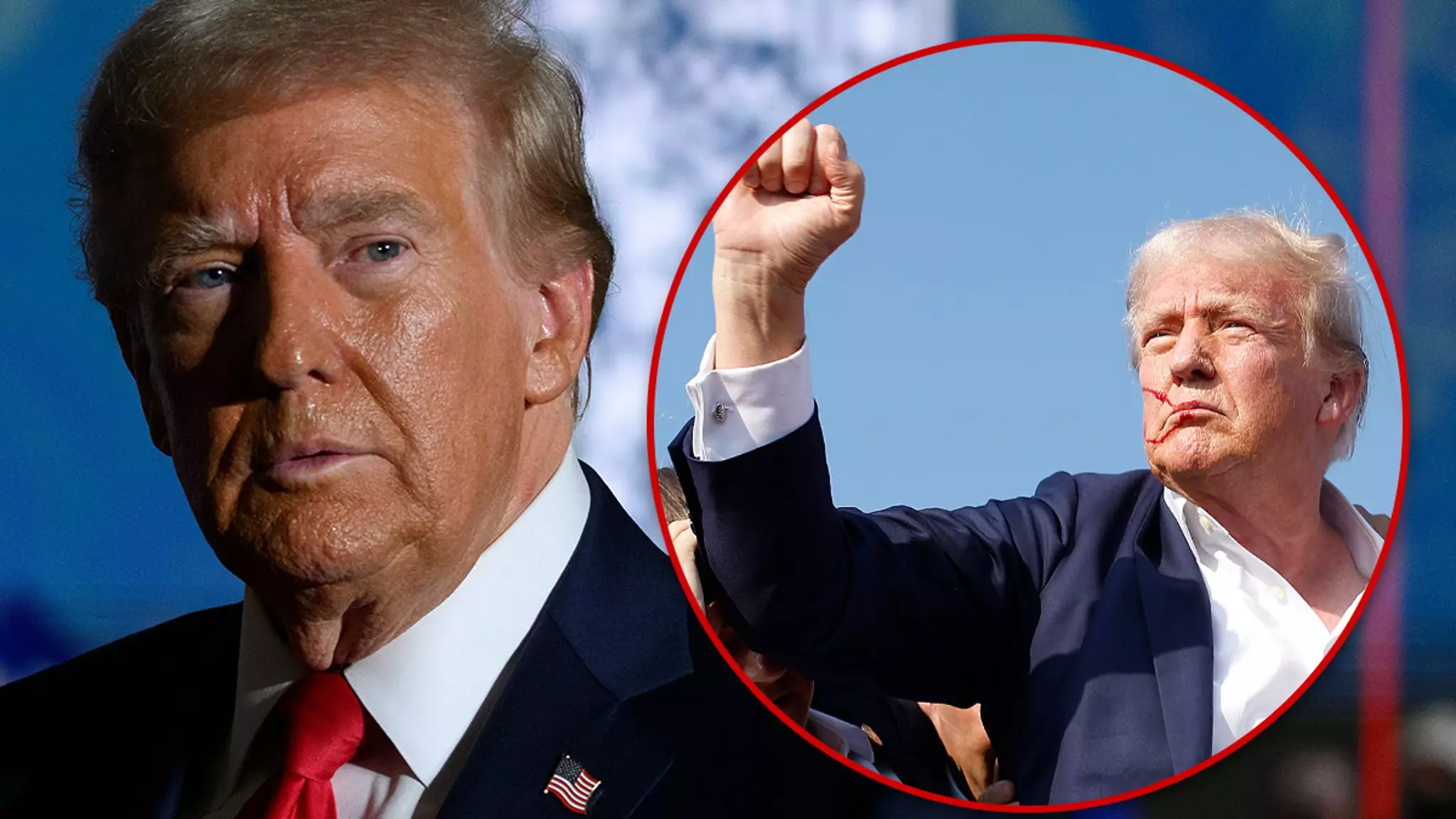Donald Trump’s upcoming rally in Butler, Pennsylvania, marks not just a continuation of his campaign efforts; it symbolizes resilience against threats that loomed over him just months ago. The rally site, where he faced an attempted assassination on July 13, is now a focal point for both his supporters and the political landscape as a whole. This painful experience has undeniably shaped the narrative surrounding his return, transforming what could have been a forgotten campaign stop into a moment of defiance against political violence.
Trump’s decision to return to Butler, a site now synonymous with danger, echoes a complex relationship between politicians and their supporters. The severity of the events that transpired—the shooting and its aftermath—lingers in the collective memory of the electorate. It serves as a potent reminder of the extremes that some will go to in the heated arena of politics and raises questions about security in today’s politically charged atmosphere.
The rally is not merely about Trump’s personal recovery; it plays directly into his campaign strategy. By addressing his supporters again in the same location, he fosters a climate of camaraderie—a unified front against adversity. His intention to reiterate his speech where the attack interrupted him suggests a deliberate effort to redefine the narrative. He aims to shift the focus from violence and fear back to the campaign issues he champions, particularly in the lead-up to the election.
Amidst this backdrop, Trump’s relentless criticism of Democratic leadership, particularly Vice President Kamala Harris, will likely resonate strongly with his base. This behavior is emblematic of Trump’s broader approach to politics, where he utilizes personal experiences—both triumphs and threats—to galvanize supporters around a shared cause. His scheduled remarks promise to channel these sentiments, potentially converting distress into a rallying cry for further political action.
In response to the previous attack, the Secret Service’s augmented security protocols for the upcoming event reveal a heightened awareness of the precarious nature of political gatherings. The tragic outcome of the previous shooting, which resulted not only in Trump’s near-miss but also in loss of life and injury to others, has understandably influenced security measures. Grounded in the lessons learned from past incidents, the emphasis on safety at political events is vital in preserving the sanctity of democratic engagement.
In conjunction with these security enhancements, much attention will likely be placed on the symbolism of Trump’s defiance. His determination to pick up where he left off signifies a message of tenacity against those who seek to instigate fear. This sentiment, crafted by Trump and reflected in the media coverage, is crucial as it transitions the narrative from a moment of tragedy to one of potential triumph.
The implications of Trump’s Butler rally extend beyond the immediate event. This gathering stands to reshape public perception and reinforce or challenge narratives as the campaign escalates. For many of his supporters, the Butler rally will serve as an opportunity to reconnect and reaffirm their political allegiance. Trump’s journey back to Butler will ultimately demonstrate a critical pivot point, allowing voters to reflect on the intertwined relationship between political rhetoric, personal safety, and the sacrifices made in the pursuit of power.
Trump’s return to Butler embodies the intertwined narratives of resilience, strategy, and the complexities of political engagement in the face of perilous challenges. As the campaign continues, such events will be pivotal in informing both strategy and voter sentiment moving forward.

Leave a Reply